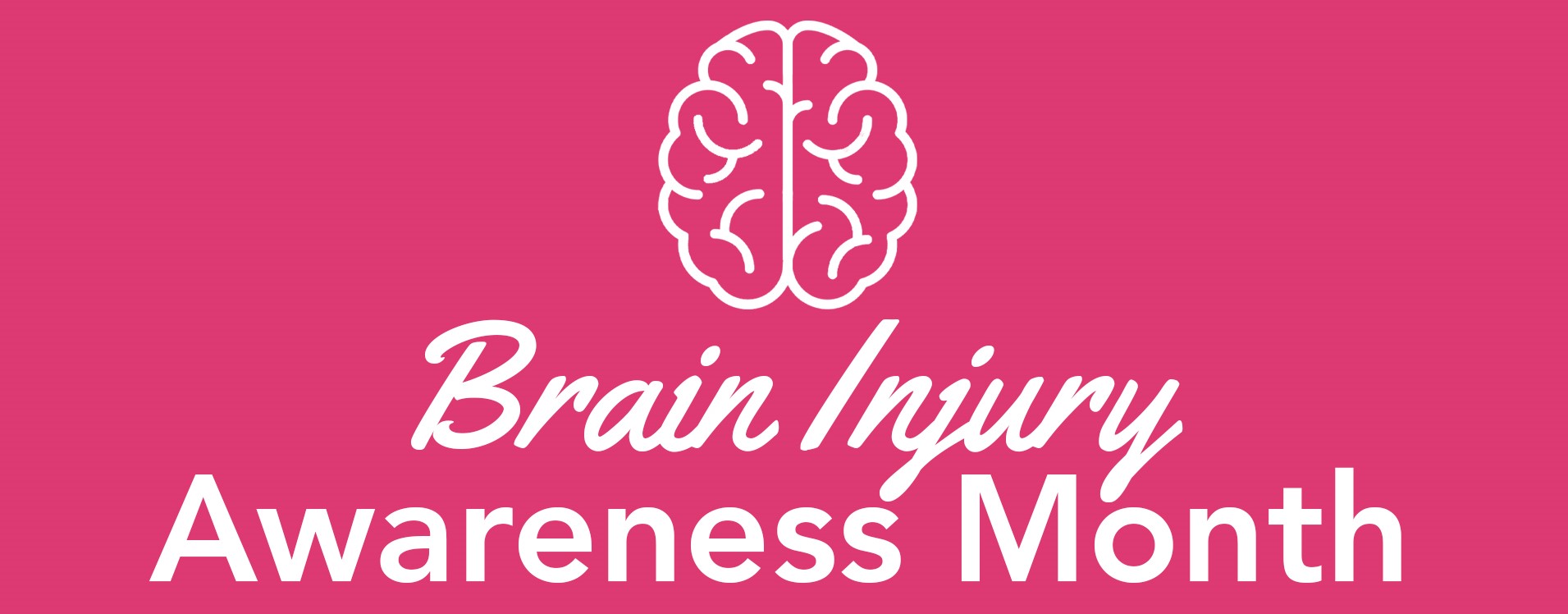
According to the Brain Injury Association of America, there are more than 5.3 million children and adults in the United States who are living with a permanent brain injury-related disability – That’s one in every 60 people.
Did you know that Oklahoma has a higher than predicted level of brain injury in children? However, many of these injuries can be prevented. It’s also important for parents to recognize the signs and symptoms of brain injuries and seek medical treatment as soon as possible.
Dr. R. Steven Couch, Neurodevelopmental Pediatrician at Bethany Children’s Health Center, stresses the need for education and increased awareness around concussions and more serious brain injuries in infants, children and teens. “If you break your arm, you will probably heal fine. If you break your head (brain), you will probably never be the same again,” cautions Couch. “Concussion is a brain injury that has been historically regarded as ‘mild’, which it is sometimes; but we have learned that some concussion effects may last forever.”
Brain Injury Prevention
When it comes to sports injuries, the Oklahoma State Department of Health and the CDC recognize the importance of creating a safe sports culture and having a concussion action plan in place. Children and teens should also wear the right helmet for the activity and make sure it is properly fitted. While there is no “concussion-proof” helmet, the CDC’s HEADS UP Concussion and Helmet Safety app includes a 3D helmet fit feature with instruction on the proper fit, care and safety of helmets. There’s also a HEADS UP game app for kids.
Other ways to prevent common brain injuries in children are:
- Using properly installed and fitted, age-appropriate car and booster seats.
- Wearing seat belts.
- Using gates at the top and bottom of the stairs to prevent infant and toddler falls.
- Look for playgrounds with soft surfaces.
Know the Signs and Symptoms of Brain Injury
According to the CDC, it’s important to check for signs of concussion or a more serious brain injury after a blow or jolt to the head, and continue watching for signs or symptoms that may appear even days later. Signs of a concussion can be as subtle as your child just not feeling right after an injury, and may progress over hours or days.
Here are some signs of concussion from the CDC:
- Any loss of consciousness
- Mood, behavior or personality changes
- Memory loss of events prior to or after a hit or fall
- Confusion, appearing dazed or stunned
- Clumsy movements
- Answers questions slowly
Your child or teen may report the following symptoms of concussion:
- Headache or feeling of pressure in the head
- Nausea or vomiting
- Balance problems, dizziness
- Bothered by light or noise
- Double or blurry vision
- Just not feeling right
Signs of concussion in infants and toddlers also include continued crying or refusal to eat or nurse.
For a list of concussion danger signs, click here.
Focus on Prevention in Oklahoma
New findings on the lasting effects of brain injuries emphasize the importance of prevention. While Oklahoma does require car seats for infants and children up to age 8, it is the only state that does not require seat belts in the back seat for children age 8 to 18. Seat belts prevent or reduce the severity of injuries resulting from auto accidents, and while not required by law, parents can enforce the habit of always wearing a seat belt with their children.
There is a state law that all school districts and youth athletic clubs must provide concussion/brain injury training to coaches, officials and parents, and have a plan on how to respond to concussion. State officials are currently formulating an outline for organizations on what to include to comply.
The theme for Brain Injury Awareness Month in 2021 is #MoreThanMyBrainInjury, focused on educating others on what it’s like to live with a brain injury. It’s important to understand the lasting effects of brain injury, but as Dr. Couch points out, “Prevention is so much better than treatment.”